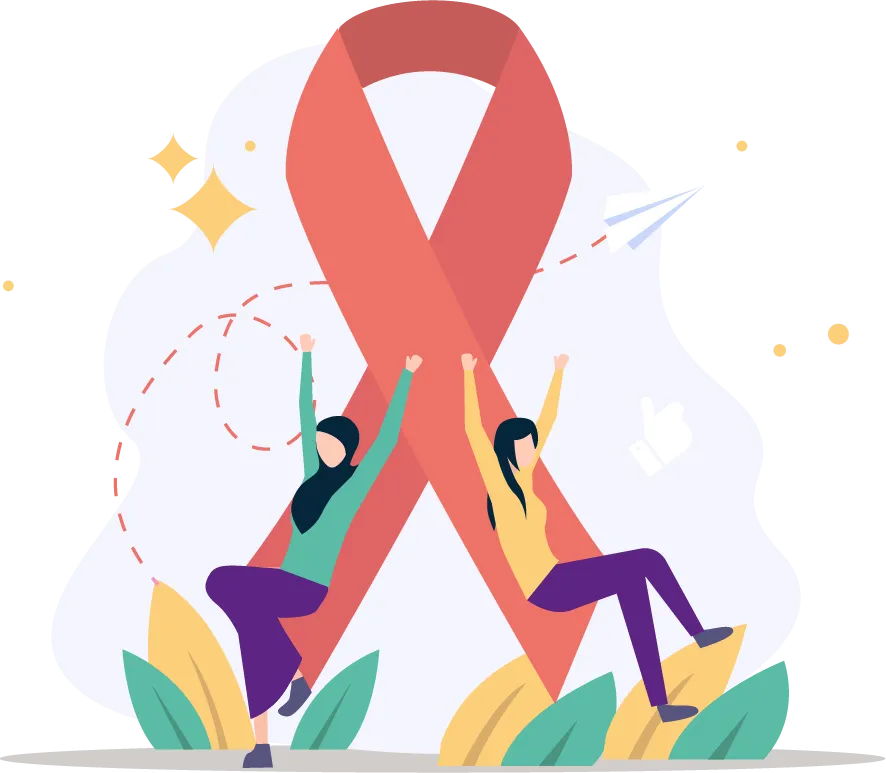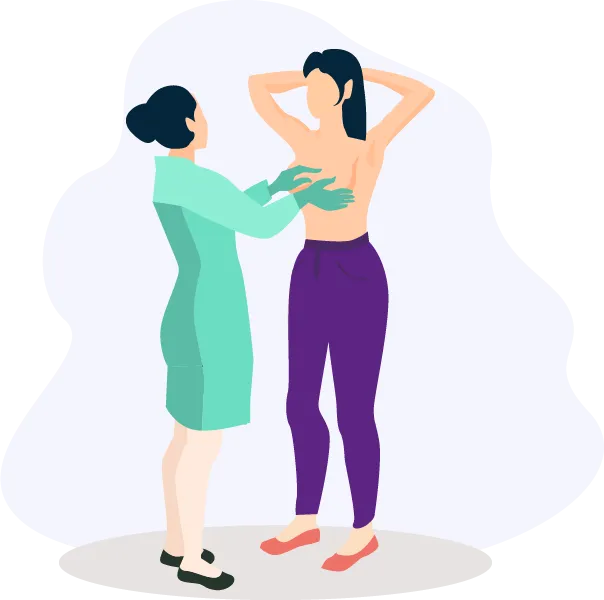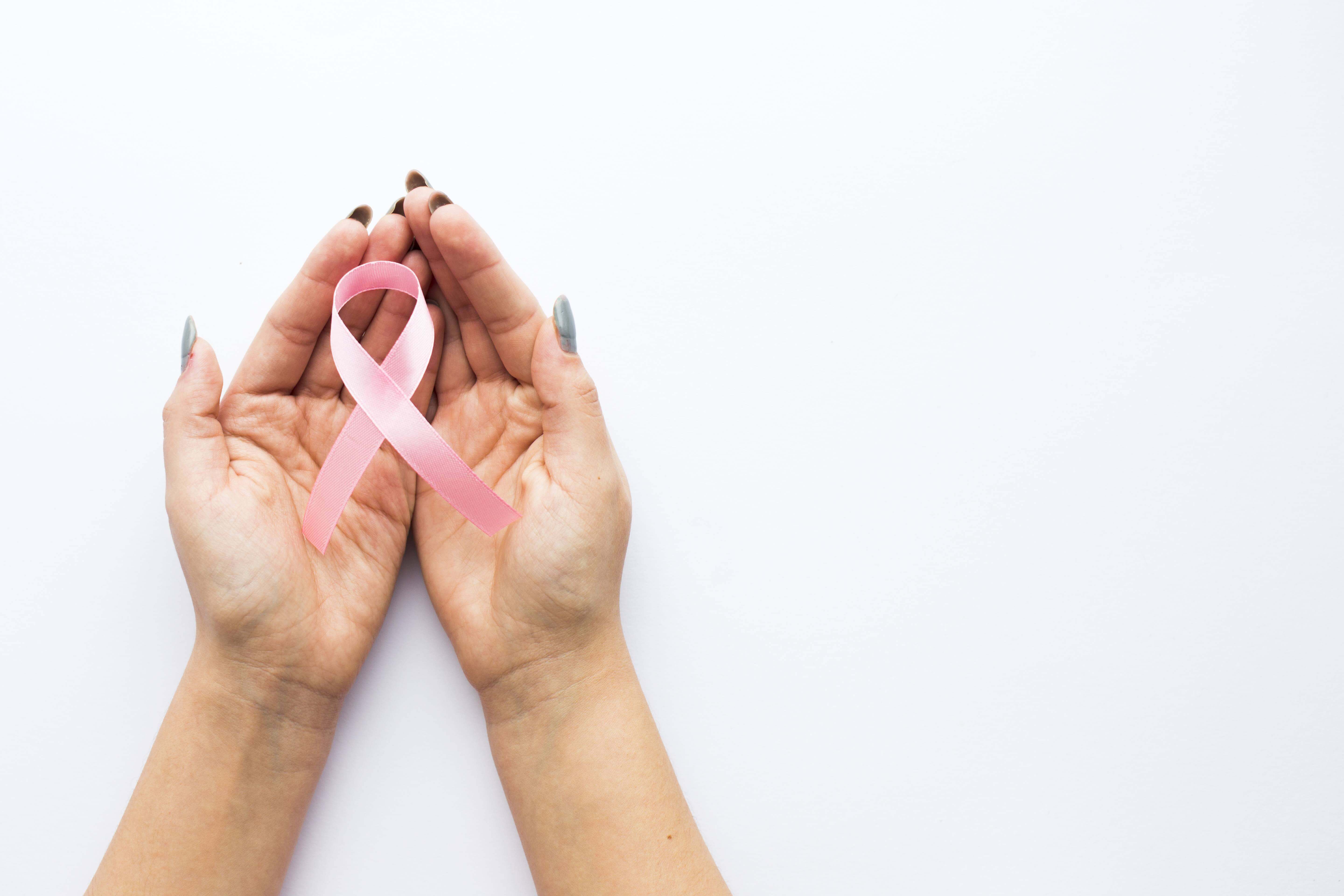Cancer | 7 min read
Breast Cancer Symptoms: 10 Common Signs of Breast Cancer
Medically reviewed by
Table of Content
Key Takeaways
- Breast cancer is one that is most common amongst the female population in India
- Being alert to the early symptoms of breast cancer is key to early diagnosis and successful treatment
- Understanding the symptoms is vital to building breast cancer awareness
Cancer is a disease that demands timely medical care for even the slightest chance of recovery. Among the many types of cancer, breast cancer is one that is most common amongst the female population in India, accounting for up to 32% of female cancers in the country. However, according to the National Breast Cancer Foundation, Inc., in the US, the 5-year survival rate is 100% when breast cancer causes are detected early in the localised stage. Thus, being alert to the early symptoms of breast cancer is key to early diagnosis and successful treatment.
Early Symptoms of Breast Cancer
To learn more about the early symptoms of breast cancer, read on.
1. Lumps in Breast
A common reason for breast cancer checks and a symptom that is most commonly noticed by many is the development of a lump in the breast. These may be soft and small in size or large and hard knots in the tissue. However, lumps may only be felt during the later breast cancer stages and this is reason why it is important to do regular mammograms. In addition to that, routine self-checking for lumps is also a key part of the process as it can help in early diagnosis.
Additional Read: Know About Breast Cancer2. Swelling
Another symptom of breast cancer is swelling and, here, the general area of the breast swells up and is typically larger than normal. While it is normal for women to have breasts of different sizes, this swelling is quite noticeable and is a symptom of inflammatory breast cancer. This is caused because the cancer cells have blocked lymph vessels in the skin, which leads to a fluid build-up.

3. Change in Shape or Size of Breast
Breast cancer can cause cell change within the breasts and the nipple. Besides swelling, which is a physical change in size, nipple retraction is also a change to look for. Such a symptom could be a sign of Carcinoma or in rare cases, Paget’s disease of the breast. Retraction occurs because the tumour attacks the duct behind the nipple, causing it to invert.
4. Pain in Breast
Pain is a symptom that typically increases in intensity as the tumour continues to grow within the breast. This is a warning sign that shouldn’t be ignored and calls for immediate medical care. Besides pain, you’re also likely to feel pressure at different places in the chest alongside the development of painful ulcers and skin abrasions. This can continue further into the ribs and many have also reported burning sensations in the same region.
5. Fluid Discharge
Fluid discharge is among the more alarming breast cancer symptoms to look out for, especially when it isn’t milky in nature. Milky discharge is normal for breastfeeding mothers but fluid discharge of any other colour from the nipple demands attention. Besides colour, the discharge can resemble either a liquid state, or a thicker, pus-like texture. In some cases, the discharge may contain blood. Pain may accompany fluid discharge.
6. Dimpling
Dimpling is a symptom of the aggressive inflammatory breast cancer. Here, due to the build of lymph fluid, common also with swelling, the skin around the breast develops pits or dimples. This texture is also commonly found on the skin of an orange. Additionally, it is important to note that dimpling isn’t always a sure-fire symptom of cancer. Fat necrosis, which results from the death or damage of fatty tissue, may also lead to dimpling but it is always advisable to see a doctor for confirmation.
7. Swollen Lymph Nodes
Lymph nodes are collections of immune system tissue that usually capture potentially harmful cells in the body, including cancer. However, in some cases, when a cancer cell is trapped by the lymph node in the armpit, it causes it to swell. A swollen lymph node region or lump is tender to touch and can also be noticed around the collarbone. These changes in lymph tissue are a cause for concern and it is imperative that you seek medical help should you notice this type of swelling.

8. Itchiness or Tingling Along the Skin of Breast
Among the more noticeable signs of breast cancer is when the skin or the texture of the skin along the breast changes. This could manifest in the form of scaly, dry skin around the areola, commonly seen as if sunburnt, or a particularly thick patch of skin. Moreover, these patches of abnormal skin are also usually itchy and tender to touch. These skin-related symptoms could point to a rare cancer called Paget’s disease and may be easily dismissed and mistaken for skin conditions like eczema.
9. Shortness of Breath
When there is growth of a tumour in the breast, you may start to experience shortness of breath. This can be due to size or position of the tumour along the chest or inside the breast. Further, this can also be due to the fact that the cancer has spread to the lungs which manifests into other symptoms. These include wheezing or hacking coughs.
10. Fatigue
Fatigue is a common symptom felt by many who are in the early stages of breast cancer or are seeking treatment for the same. This is a tiredness that does not go away with rest or even a good night’s sleep. While this doesn’t always mean breast cancer, when coupled with more of the other symptoms, there is a high probability that it is in fact breast cancer. This is why you should be alert to how you’re feeling and consult an expert for further clarity.What is a "normal" breast?
As you might have guessed, there isn't such a thing as a "normal" breast. Everybody has unique breasts. Therefore, when we refer to typical, we really mean normal for you. It concerns how your breasts typically seem and feel and what it could indicate if this changes.
It's crucial to note that breast changes are normal during ovulation. This might be due to increased fluid retention, which could lead to the following:
- Swelling
- Soreness
- Pain
- Lumpiness
These symptoms should subside once your period begins.
Early Warning Signs of Breast Cancer
When doing a routine breast inspection or when a small amount of atypical soreness doesn't appear to go away, a person may initially detect a change in their breast. Early breast cancer warning signals to watch for include:
- Breast soreness that persists after your next period changes to the contour of the nipple
- A fresh lump that persists even after your period
Clear, red, brown, or yellow nipple discharge from one breast, inexplicable redness, swelling, skin irritation, itching, or rash on the breast and around the collarbone or beneath the arm, or a lump
It is more likely that a firm mass with wavy borders is malignant.
Later Signs of Breast Cancer
Breast cancer's later symptoms include:
- Nipple retraction or inward twisting
- Expansion of one breast
- Dimpling on the breast's surface
- A growing lump
- The skin looks like an orange peel
- A lack of appetite is a symptom of breast growth.
- Unintended loss of weight
- Breast veins that are visible and enlarged lymph nodes in the armpit
Breast cancer is not always present, even if you have one or more of these symptoms. For example, nipple discharge might be caused by an infection. If you see any of these signs and symptoms, see a doctor for a full examination.
How to Perform Breast Self-check?
- With your arms on your hips and your shoulders upright, stand in front of a mirror. Examine your breasts visually.
- Repeat while raising your arms.
- To feel your breasts, lie on your back. Check your left breast first with your right hand. To feel for lumps or other changes, move your fingers in a circular manner while using the pads of your fingers. Make sure to cover the whole breast, including the area from your belly button to your collarbone and from your chest's center to your armpit.
- Check your right breast once more with your left hand.
- Replicate when seated or standing. In the shower, you might find it simpler to do this.
Understanding the symptoms is vital to building breast cancer awareness as it shows you what to look for before the situation worsens. It also ensures that you don’t trivialise or overlook any distress felt in the area. With such a critical illness, prompt diagnosis and treatment can make all the difference, especially in the early breast cancer stages.
Don't take any chances. Find the best medical professionals for the job on Bajaj Finserv Health. Locate an Oncologist near you in minutes, view doctors’ years of experience, consulting hours, fees and more before booking an online appointment or in-person appointment. Apart from facilitating appointment booking, the Bajaj Finserv Health also offers health plans for your family, medicine reminders, healthcare information and discounts from select hospitals and clinics.
References
- https://www.nationalbreastcancer.org/breast-cancer-stage-0-and-stage-1
- https://www.oncostem.com/blog/alarming-facts-about-breast-cancer-in-india/
- https://rgcf.org/details/news/10-symptoms-of-breast-cancer
- https://breastcancer-news.com/breast-swelling-inflammatory-breast-cancer/
- https://www.healthline.com/health/nipple-retraction#seeking-help
- https://breastcancer-news.com/nipple-retraction/
- https://rgcf.org/details/news/10-symptoms-of-breast-cancer
- https://www.medicalnewstoday.com/articles/322832#breast-or-nipple-pain
- https://rgcf.org/details/news/10-symptoms-of-breast-cancer
- https://breastcancer-news.com/skin-irritation-or-dimpling/
- https://www.medicalnewstoday.com/articles/322832#lymph-node-changes
- https://www.medicalnewstoday.com/articles/322832#changes-to-the-skins-texture
- https://www.cancercenter.com/cancer-types/breast-cancer/symptoms
- https://rgcf.org/details/news/10-symptoms-of-breast-cancer
- https://rgcf.org/details/news/10-symptoms-of-breast-cancer
Disclaimer
Please note that this article is solely meant for informational purposes and Bajaj Finserv Health Limited (“BFHL”) does not shoulder any responsibility of the views/advice/information expressed/given by the writer/reviewer/originator. This article should not be considered as a substitute for any medical advice, diagnosis or treatment. Always consult with your trusted physician/qualified healthcare professional to evaluate your medical condition. The above article has been reviewed by a qualified doctor and BFHL is not responsible for any damages for any information or services provided by any third party.
